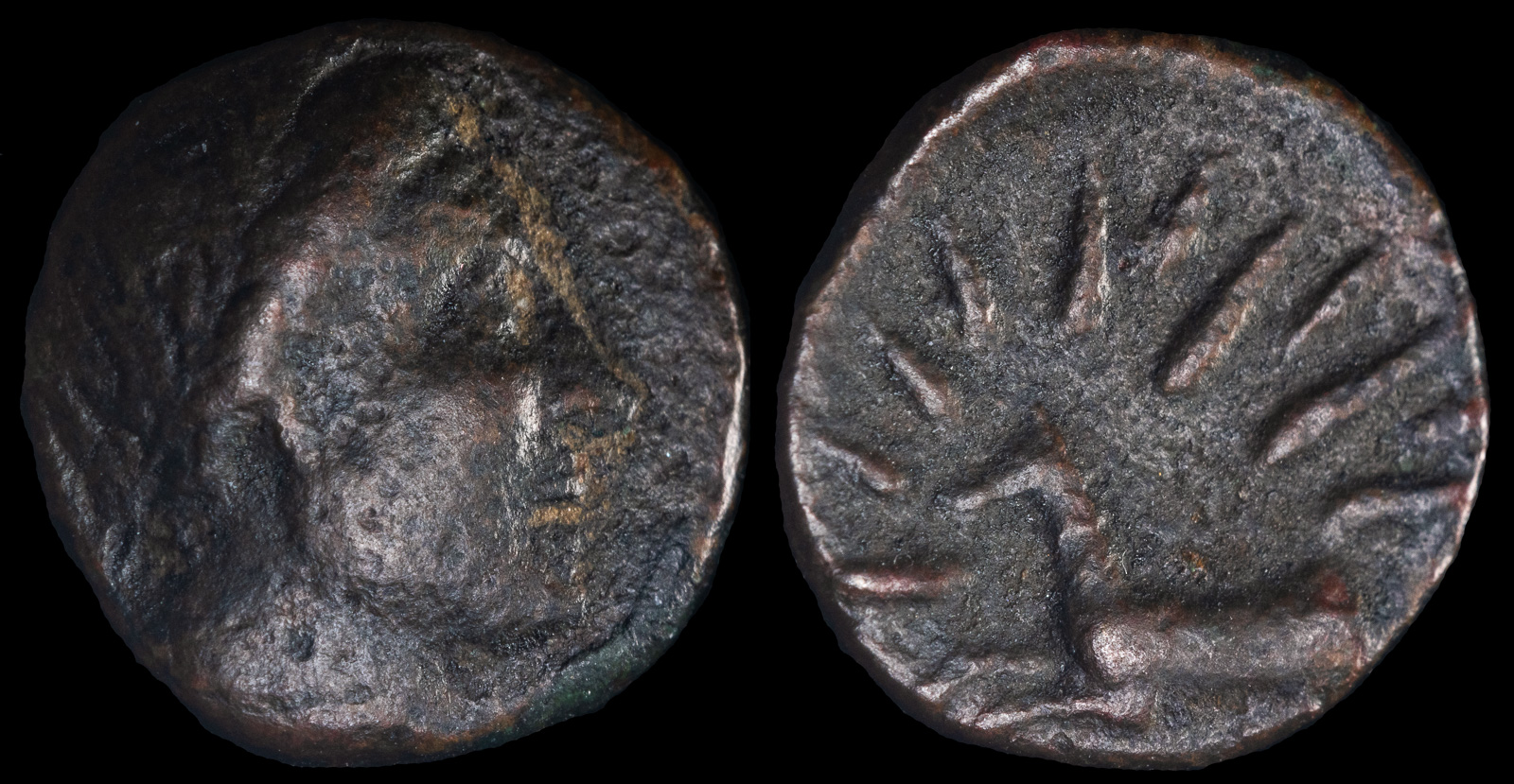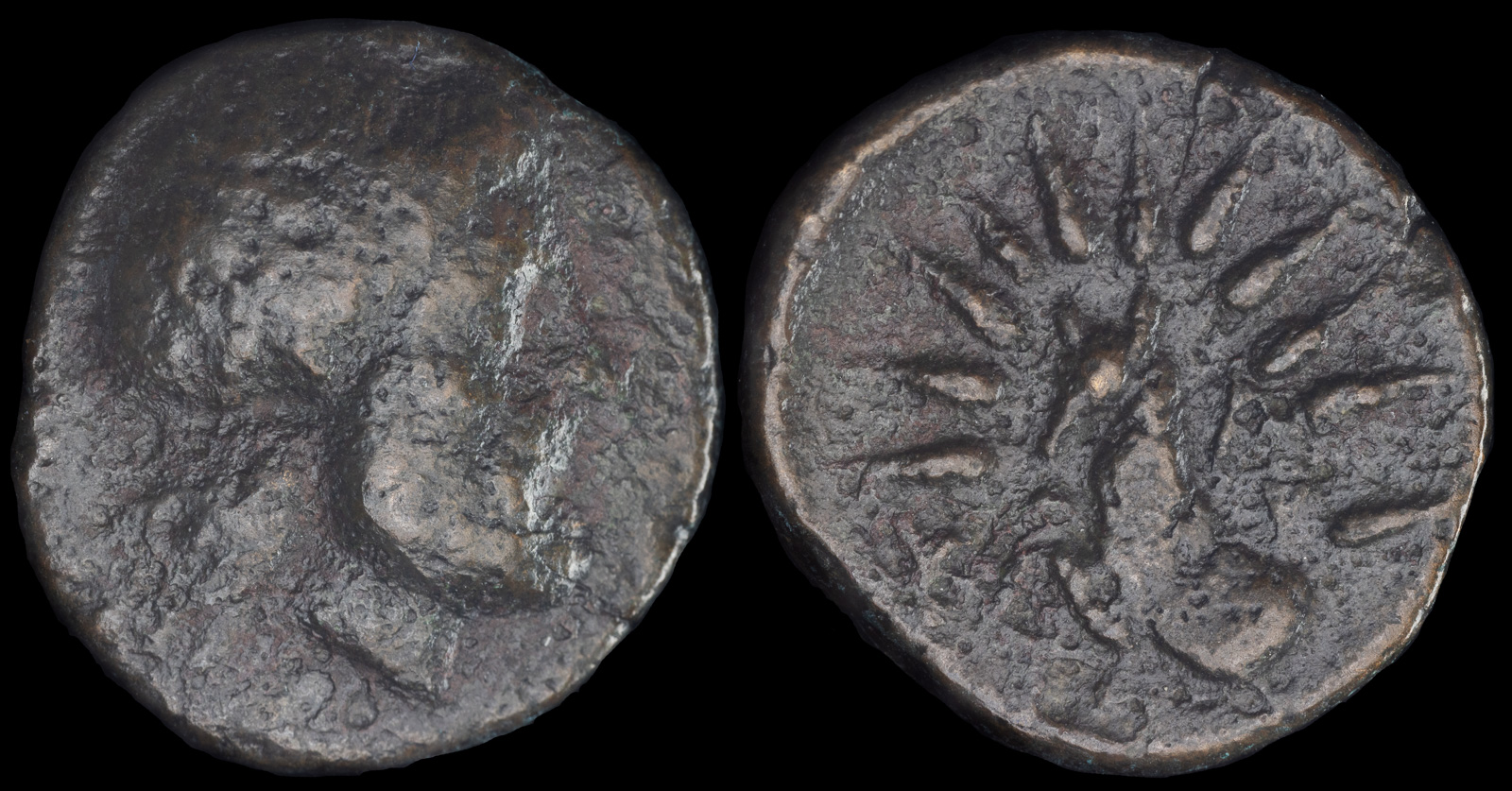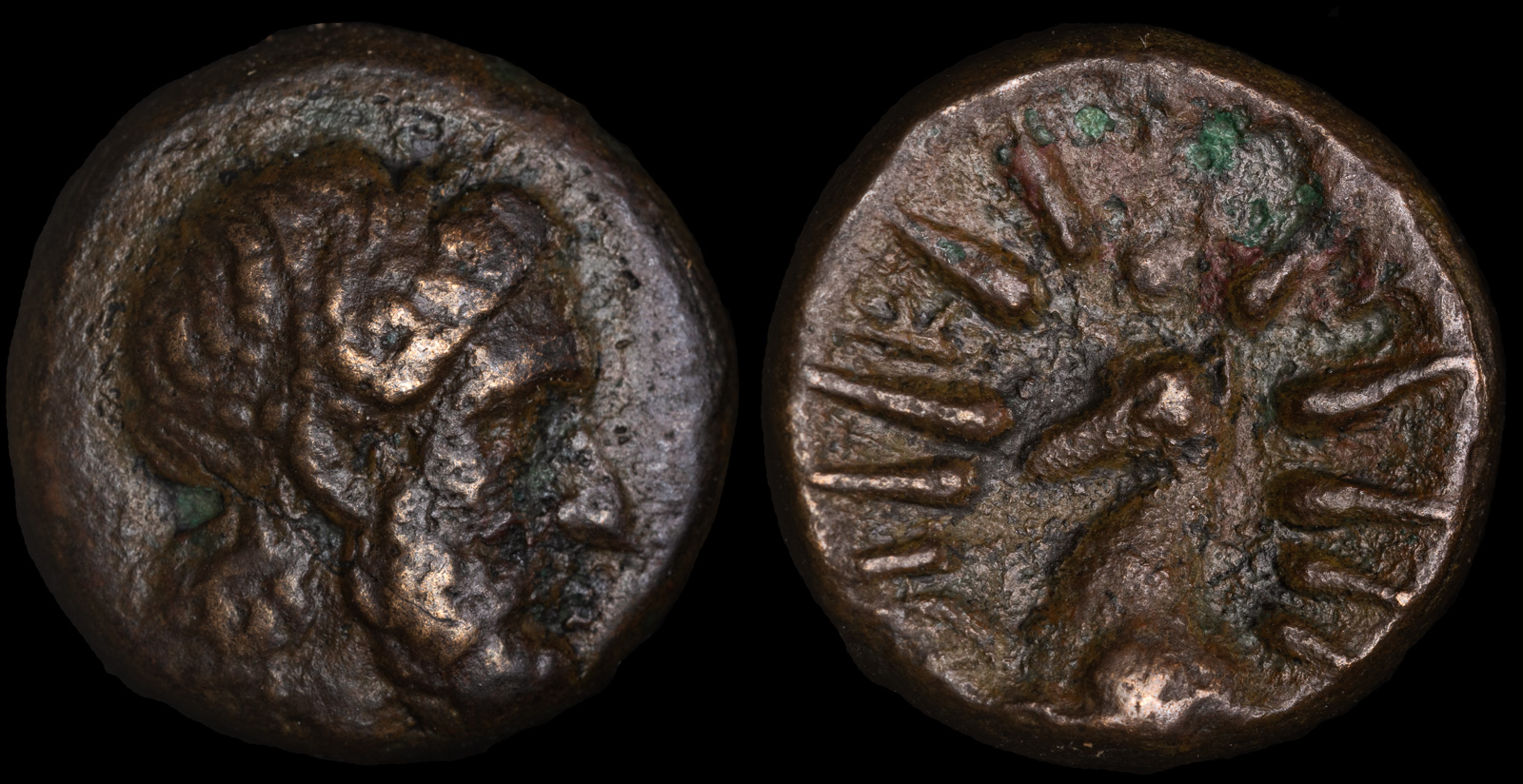Sirius
View All Tags
To the Greeks, the rising of Sirius marked a critical time of the agricultural and climatic calendar. It heralded the height of summer, a period often characterized by scorching heat, drought, and challenges to human and animal health. This connection made Sirius a potent symbol of both the life-giving power of the sun and the dangers of excessive heat. Farmers watched its rising closely, using it as a guide for timing agricultural activities and preparing for the stresses of the season.
In Greek mythology, Sirius was linked to the dog of Orion, the great hunter. Orion and his loyal dog were both placed in the heavens as constellations, with Sirius marking the dog’s nose or head. This mythological association imbued the star with a sense of loyalty and watchfulness, as well as a connection to the heroic narratives of the gods and mortals. It was also seen as a symbol of vigilance, guiding sailors and travelers as a bright and reliable point in the night sky.
Sirius also played a role in Greek literature and cultural expressions. Poets like Hesiod and Homer referred to it in their works, often emphasizing its brilliance and the harshness of the summer heat it symbolized. Homer, in particular, described Sirius as “a star of evil portent,” reflecting the hardships associated with its seasonal prominence.

Cyclades, Keos. Ioulis
Late 3rd-early 2nd century BCE
Æ 11mm, 1.38 g, 6h
Laureate head of Apollo right /
Radiate forepart of Sirius left.
Papageorgiadou-Banis Series VIII; HGC 6, 525
Ex Aleph Collection
Ex Errett Bishop Collection

Cyclades, Keos. Karthaia
Late 3rd-early 2nd century BCE
Æ 17mm, 3.68g, 8h
Laureate head of Aristaios right /
Forepart of Seirios left surrounded by rays
Papageorgiadou-Banis Series IX, 155–7; HGC 6, 562
Rescued from NGC encapsulation 4629560-004
Ex CNG 2002

Cyclades, Kea
Keia Koinon Circa 4th-3rd Century BCE
16mm 4.81g
Obverse: Laureate head of Aristaios right
Reverse: Forepart of dog Sirius left, within rays of star
SNG Copenhagen 623-4, Papageorgiadou-Banis Series II, Issue 6